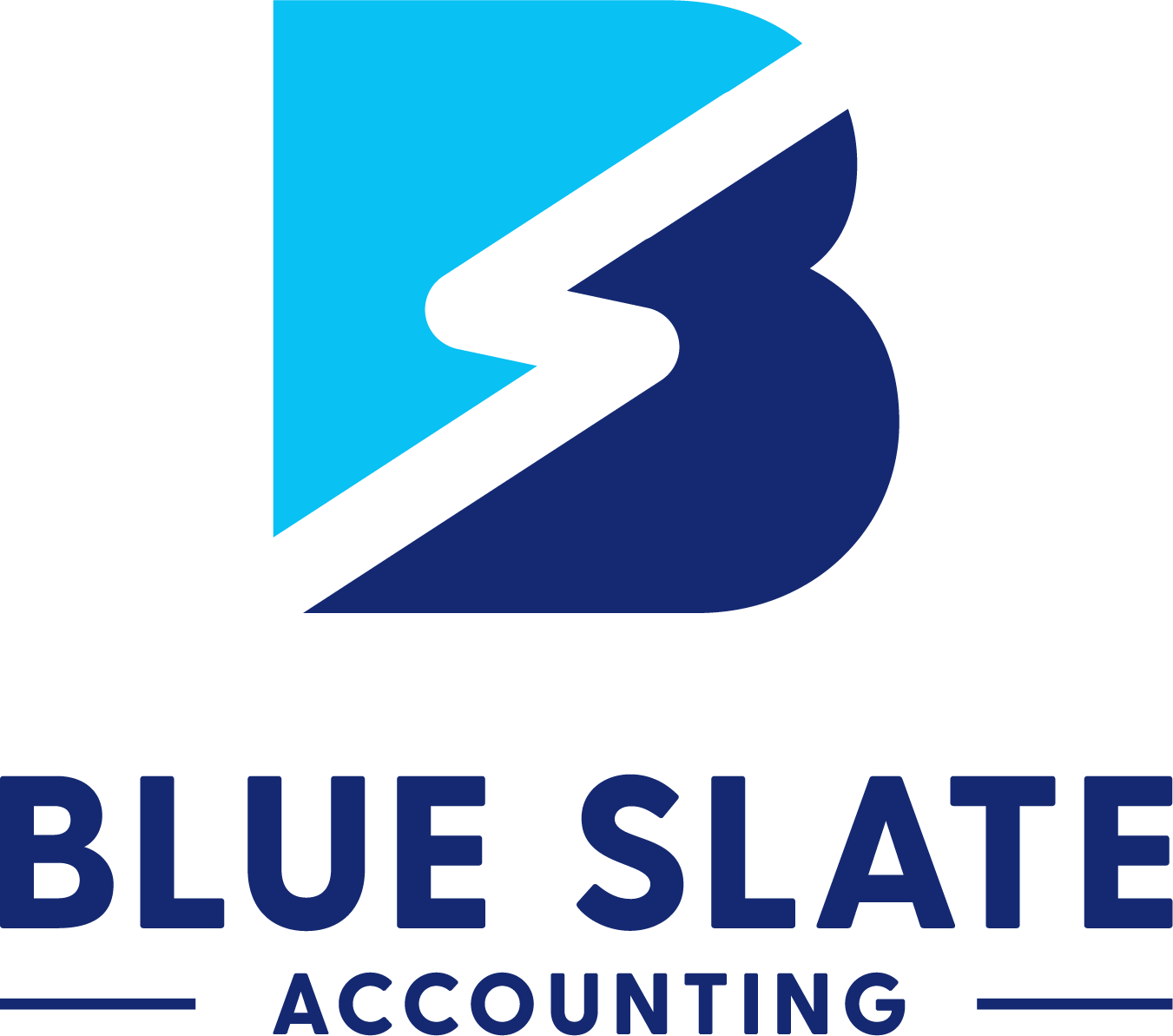Change in IRS Tangible Property Regulations
The IRS has changed its Tangible Property regulations. The final regulations apply to anyone who pays or incurs amounts to acquire, produce, or improve tangible real or personal property. According to the IRS Regulations , “You may elect to apply a de minimis safe harbor to amounts paid to acquire or produce tangible property to the extent such amounts are deducted by you for financial accounting purposes or in keeping your books and records. If you have an applicable financial statement (AFS), you may use this safe harbor to deduct amounts paid for tangible property up to $5,000 per invoice or item. If you don’t have an AFS, you may use the safe harbor to deduct amounts up to $500 per item or invoice.
How do the final regulations governing deductions for materials and supplies differ from previous rules?
In most cases, the final regulations don’t change the general rules for deducting materials and supplies. The final regulations merely incorporate pre-existing precedents on the definition and treatment of materials and supplies and add some safe harbors to provide you with additional certainty. The final regulations also provide additional elections and methods for those using rotable spare parts.
What is included in the definition of materials and supplies?
Materials and supplies are tangible, non-inventory property used and consumed in your operations including:
The property need only fit into one of the above categories to qualify as a material or supply.”
IRS regulations are complex and ever changing. Rely on the experts at Paxton Bookkeeping and Tax services to guide you through the process.










